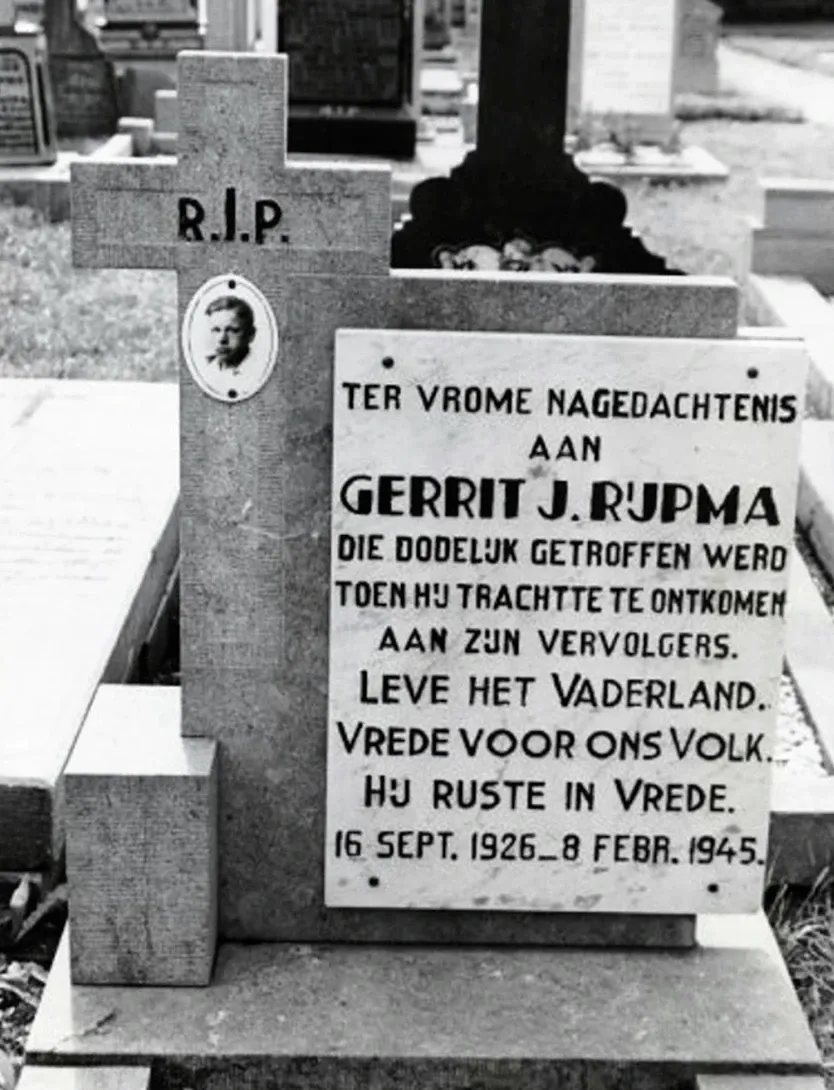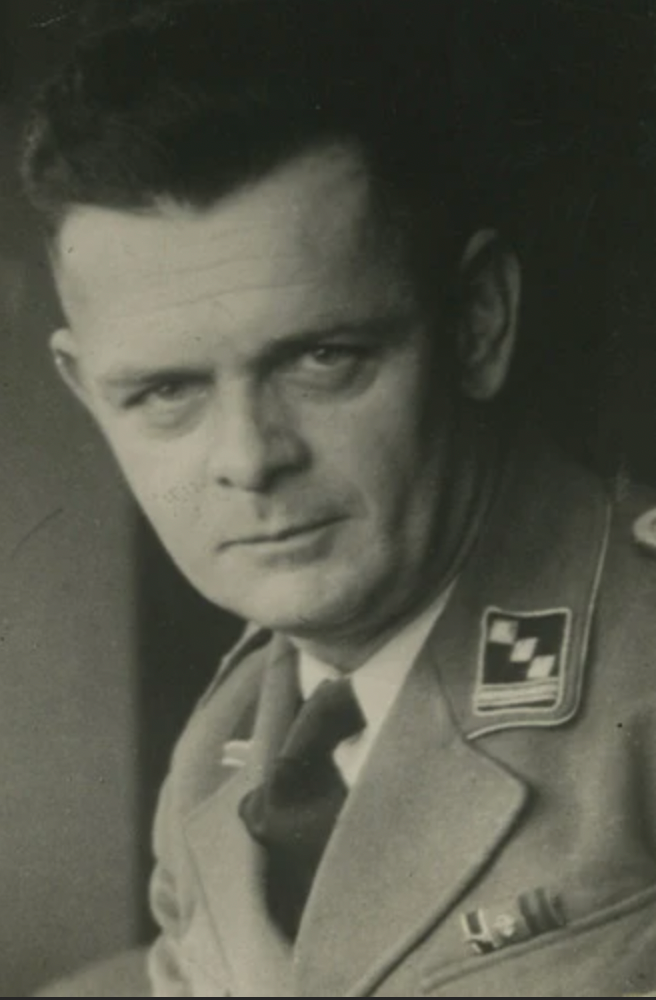Locations
4393 to 4416 of 5128 results
-
Fluezen (Fluessen)
Fluezen (Fluessen)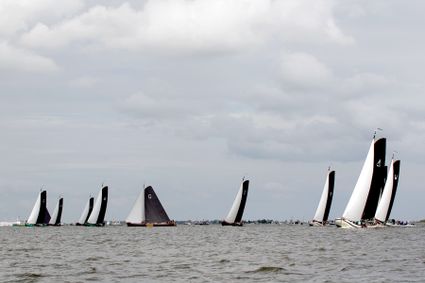 Koudum
Koudum
from your location
-
Anne-Famkes Pleats B&B
Anne-Famkes Pleats B&B Stiens
Stiens
from your location
-
Aldegeaster Brekken
Aldegeaster Brekken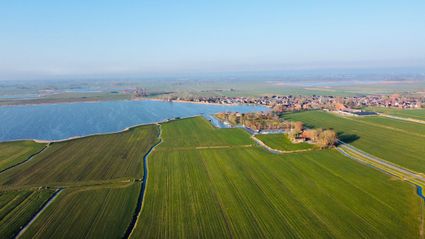 Oudega SWF
Oudega SWF
from your location
-
Alde Feanen Rentals
Alde Feanen Rentals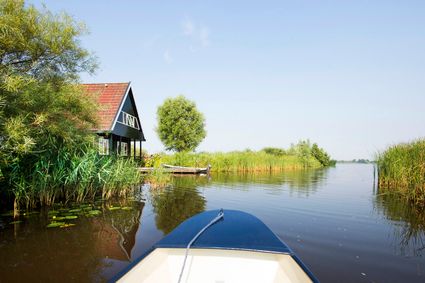 Earnewâld
Earnewâld
from your location
-
Poem 'Graf te Blauwhuis'
Poem 'Graf te Blauwhuis'
The small village of Abbega and the neighbouring hamlet of Abbegaasterketting hid dozens of people in hiding during the war. In February 1945, a raid shocked the small community. Resistance fighter Gerrit Rijpma, 18, was fatally hit in the process. The famous Dutch writer Gerard Reve, who lived next door to a sister of Gerrit Rijpma in nearby Greonterp from 1953 to 1971, was deeply moved by the story of his neighbour's youngest brother. As a tribute to Gerrit, he wrote the poem 'Graf te Blauwhuis'.
According to witnesses, as many people in hiding lived in Abbega and the neighbouring hamlet of Abbegaasterketting as civilians.
Among them were Jewish people in hiding, people who had participated in railway strikes, deserters and young men from the surrounding area who wanted to avoid forced labour. Weapons for the resistance were also hidden there.
Abbegaasterketting was located next to the Bolswardervaart canal, and the absence of paved roads made access difficult. In addition, the inhabitants had implemented an ingenious alarm system: by means of an electric bell, people warned each other when something was wrong, and two people in hiding were on guard every night.
On 8 February 1945, at around half past eleven in the morning, the alarm bell sounded in the Rijpma family home. At that time, the brothers Yp and Gerrit were working in the barn.
When they went outside, they saw a lot of people running away in panic. This is why the brothers decided to sail down the Bolswardervaart, which divides the hamlet in two pieces, in a rowing boat. They hoped that they could get themselves to safety a little bit further on in a bend of the canal, behind the net. On their way there, they picked up their neighbour Minze van der Veen and a person in hiding, who were standing on the other side of the canal. Meanwhile, the German soldiers, aided by members of the Landwacht, a Dutch semi-military organisation, had set off in pursuit and opened fire on the fleeing people. Minze van der Veen was hit in his right elbow. Gerrit was hit three times: one bullet went straight through his body, another lodged in his back, and the third bullet went through his cheeks and teeth. Because the occupiers refused to help, Yp had to carry his dying brother to the boat and take him to a farmhouse nearby all by himself. The help from a woman living in the neighbourhood, who was a nurse, came too late. In great haste, curate Stolwijk of Blauwhuis was sent for, who administered the last rites to Gerrit. He died shortly afterwards. He was buried in the Catholic Cemetery in Blauwhuis.
The famous Dutch writer Gerard Reve, who lived in nearby Greonterp next to a sister of Gerrit Rijpma from 1953 to 1971, was deeply touched by the story of his neighbour's youngest brother. As a homage to Gerrit, he wrote the poem 'Grave in Blauwhuis':
GRAVE IN BLAUWHUIS (for neighbour H., in G.) He ran away, but did not escape, and was hit, and died, eighteen years old. A militant inscription cries out loud, but a sad and silent face looks out from the brown enamelled portrait. Still a child. Goodbye dear boy. You, who are King, of this and that, of whatever, yes, You, answer me, You know why, I don't. That Kingdom of Yours, remember, will it ever be?
In 1983, the mortal remains of Gerrit were transferred from the cemetery of Blauwhuis to Loenen National War Cemetery.
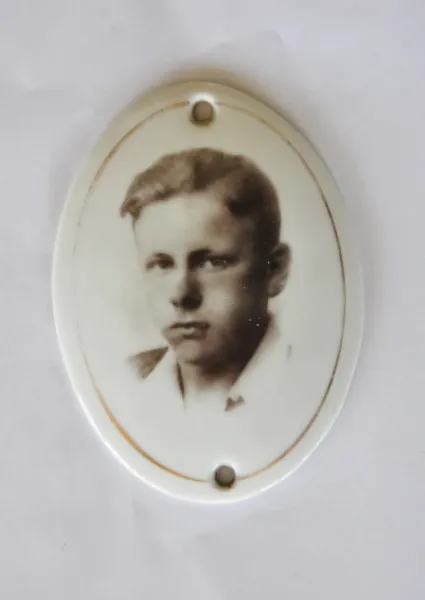 Greonterp
Greonterp
from your location
-
-
Grand Canal
-


Accept cookies to see this content.
Grand Canal
 Oranjewoude
Oranjewoude
from your location
-
-
Booking Dokkum
Booking Dokkum Dokkum
Dokkum
from your location
-
it Dreamlân holiday home
it Dreamlân holiday home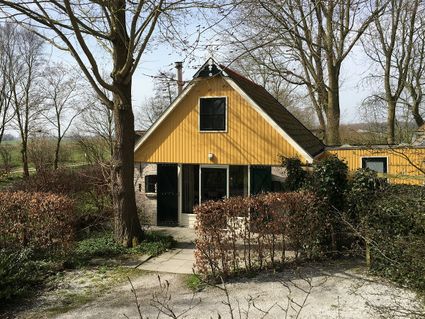 Kollumerpomp
Kollumerpomp
Direct boekbaar
from your location
-
Mini Camping Synneveer
Mini Camping Synneveer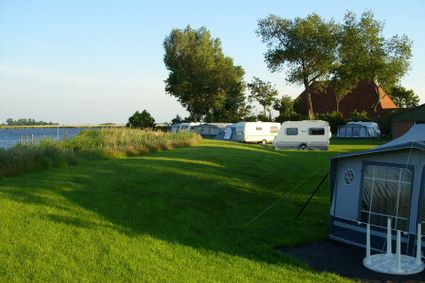 Sneek
Sneek
from your location
-
De Schakel
De Schakel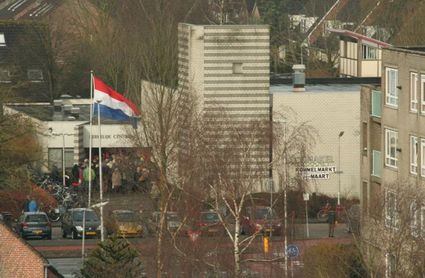 Leeuwarden
Leeuwarden
from your location
-
Zwembad De Klomp
Zwembad De Klomp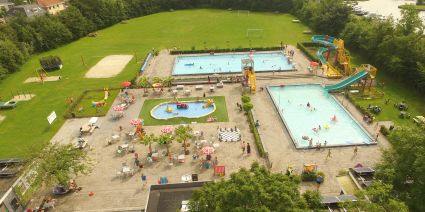 Wommels
Wommels
from your location
-
Appartement Esta
Appartement Esta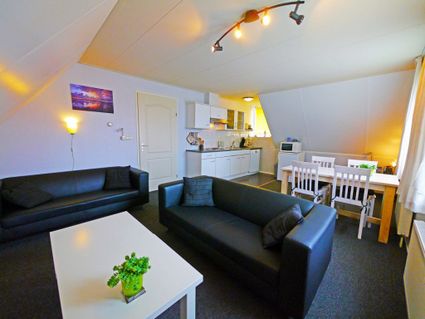 Buren
Buren
from your location
-
Groepsaccommodatie Appelscha - de Specht
Groepsaccommodatie Appelscha - de Specht Appelscha
Appelscha
Direct boekbaar
from your location
-
Bij Fier
Bij Fier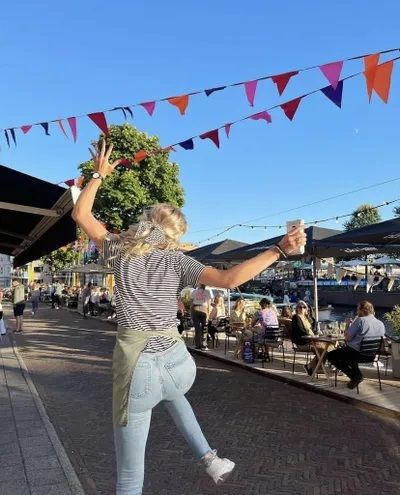 Sneek
Sneek
from your location
-
Het Bosmeer holiday park
Het Bosmeer holiday park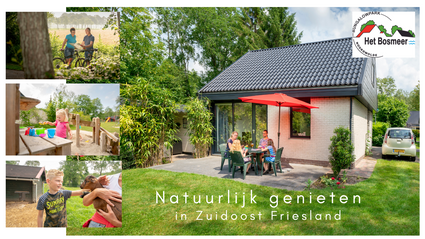 Noordwolde
Noordwolde
from your location
-
Easysup supstore
Easysup supstore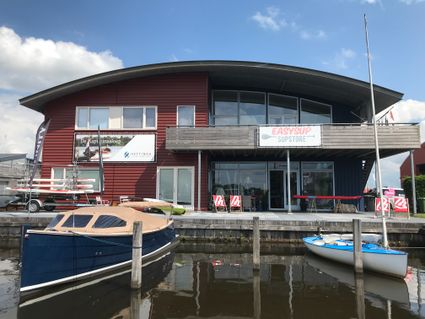 Heeg
Heeg
from your location
-
Kinderboerderij Anna Zijlstra hoeve
Kinderboerderij Anna Zijlstra hoeve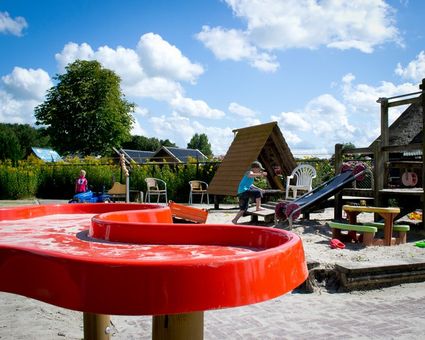 Dokkum
Dokkum
from your location
-
Gedicht: Timen | Gerard de Jong
 Hijum
Hijum
from your location
-
Fusillade aan de Woudweg
Fusillade aan de Woudweg
De fusillade in Dokkum is de grootste fusillade geweest tijdens de Tweede Wereldoorlog in Friesland. Een bloedig dieptepunt in de steeds hardere strijd tussen de Duitse bezetter en het verzet.
Het gaat om een wraakactie: drie dagen eerder overvalt het verzet bij het dorp De Valom een auto van de Sicherheitsdienst (SD) met daarin een belangrijke gevangene, in de hoop deze te bevrijden. Bij het vuurgevecht dat ontstaat komen een Duitse SD-er en zijn Belgische chauffeur om het leven.
Artur Albrecht, SD-chef in Friesland, is furieus en wil volgens een getuige Dokkum 'van de kaart van Nederland laten verdwijnen'. Zijn meerderen van de SD-Dienststelle in Groningen geven hem hier echter geen toestemming voor. In plaats daarvan worden twintig gevangenen uit gevangenissen in Friesland en Groningen gehaald en meegenomen naar een weiland aan de Woudweg in Dokkum.
De burgemeester van de stad is zelfs van huis gehaald om toe te kijken. De mannen moeten op een rij gaan liggen in de sneeuw. In groepjes van vijf worden ze naar voren geroepen. Dan klinken er schoten. De lichamen van de slachtoffers moeten een etmaal blijven liggen in de sneeuw, als afschrikwekkend voorbeeld voor de bevolking. De slachtoffers zijn Friezen en Groningers. Sommigen zijn actief in het verzet, anderen zijn Todeskandidaten.
Aan de Woudweg in Dokkum herinnert een monument aan het drama. Jaarlijks is er bij dit monument een kranslegging waarbij leerlingen van scholen in Dokkum worden betrokken.
Verschillende leden van het vuurpeloton worden na de oorlog berecht voor hun betrokkenheid bij de fusillade en krijgen de doodstraf. Zo ook Artur Albrecht. Hij wordt op 21 maart 1952 gefusilleerd op de Waalsdorpervlakte. Het is het laatste doodvonnis dat in Nederland wordt voltrokken.
Dokkum op de Dam
Enkele jaren later, op 4 mei 1956, onthult koningin Juliana het Nationaal Monument op de Dam in Amsterdam. Het monument speelt een centrale rol bij de jaarlijkse Nationale Dodenherdenking op 4 mei die ook altijd wordt bijgewoond door het staatshoofd.
In het monument zijn elf urnen opgenomen met daarin ‘in bloed gedrenkte aarde’. Aarde afkomstig van van strijd- en fusilladeplaatsen uit de elf provincies. Later is ook een 12e urn met aarde uit Nederlands-Indië (het huidige Indonesië) toegevoegd.
Voor het vullen van de Friese urn is aarde gehaald uit de omgeving van Kornwerderzand, strijdtoneel in de meidagen van 1940. Ook is aarde gehaald van fusilladeplaatsen, waaronder de Woudweg in Dokkum en Dronrijp waar op 11 april 1945, een paar dagen voor de bevrijding nog dertien mensen zijn gefusilleerd.
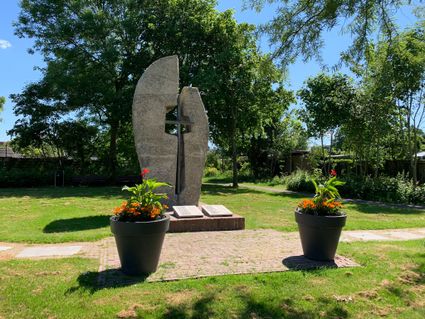 Dokkum
Dokkum
from your location
-
-
Gedicht: Iesbaene Nooitgedacht | Edwin de Groot
-


Accept cookies to see this content.
Gedicht: Iesbaene Nooitgedacht | Edwin de Groot
 Oranjewoud
Oranjewoud
from your location
-
-
Vaste Burchtkerk Fortress Church
Vaste Burchtkerk Fortress Church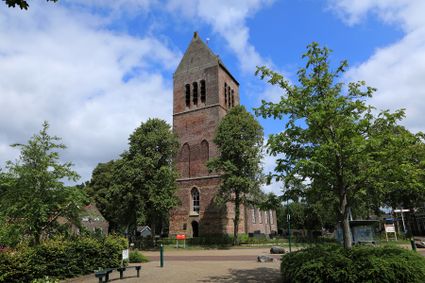 Wijckel
Wijckel
from your location
-
Schoolmeesterswoning, Anje Lok
Schoolmeesterswoning, Anje Lok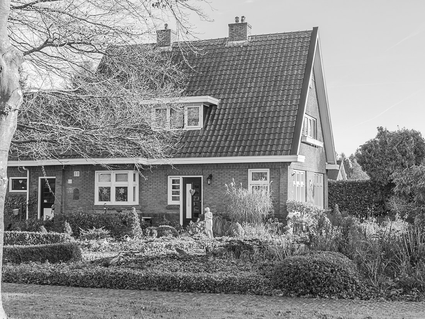 Ravenswoud
Ravenswoud
from your location
-
Bounce Valley Leeuwarden
Bounce Valley Leeuwarden Leeuwarden
Leeuwarden
from your location
-
Friese Meren Villa's - Djerreblom 23
Friese Meren Villa's - Djerreblom 23 Echtenerbrug
Echtenerbrug
Direct boekbaar
from your location

